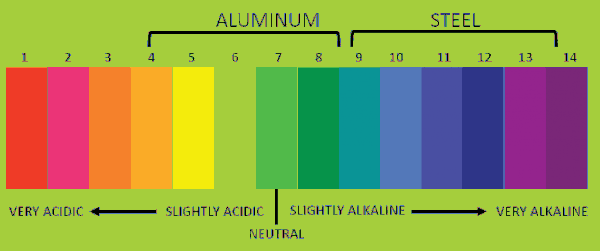Jeepwalker
Senior Member
- Joined
- Sep 8, 2017
- Posts
- 3,239
- Reaction score
- 3,467
- Location
- WI
- Ram Year
- 2012 Reg Cab, 4x4
- Engine
- 5.7 Hemi
If it was, or is electrolysis then the paper-thin aluminum heater core is likely to be the first thing to go. Make sure your battery-to-engine and battery-to-body grounds are good. AND, there a very good engine-to-body ground strap (or two). There are more grounds on modern vehicles outside and inside the cab, than you can shake a stick at! They're all over the place.
And it could be you have the ground/s, but they're really rusty, from Canadian winters. Check above the L drivers' front tire (under a plastic door) for a major ground point. And back by the fuel inlet (looking from the underside of the box). Mine were real rusty. There's probably a ground strap on the exhaust-to-body too. Ground straps are just a few bucks from the parts store.
And it could be you have the ground/s, but they're really rusty, from Canadian winters. Check above the L drivers' front tire (under a plastic door) for a major ground point. And back by the fuel inlet (looking from the underside of the box). Mine were real rusty. There's probably a ground strap on the exhaust-to-body too. Ground straps are just a few bucks from the parts store.


